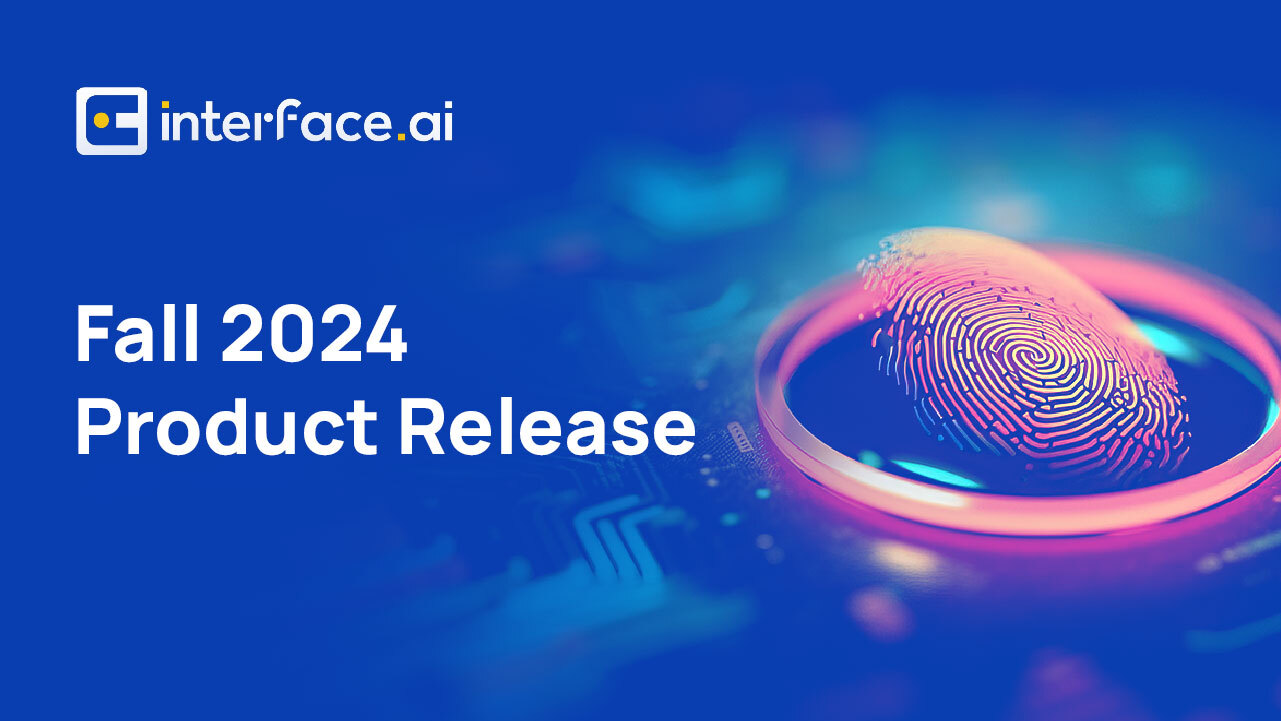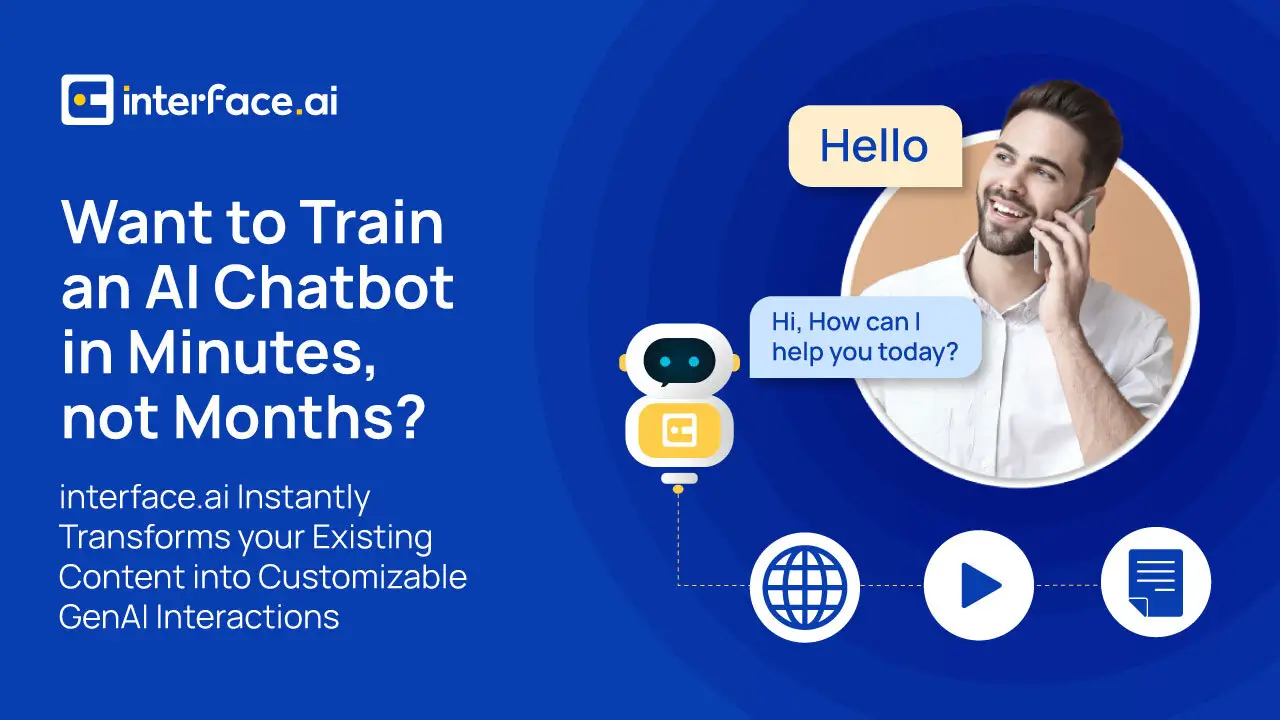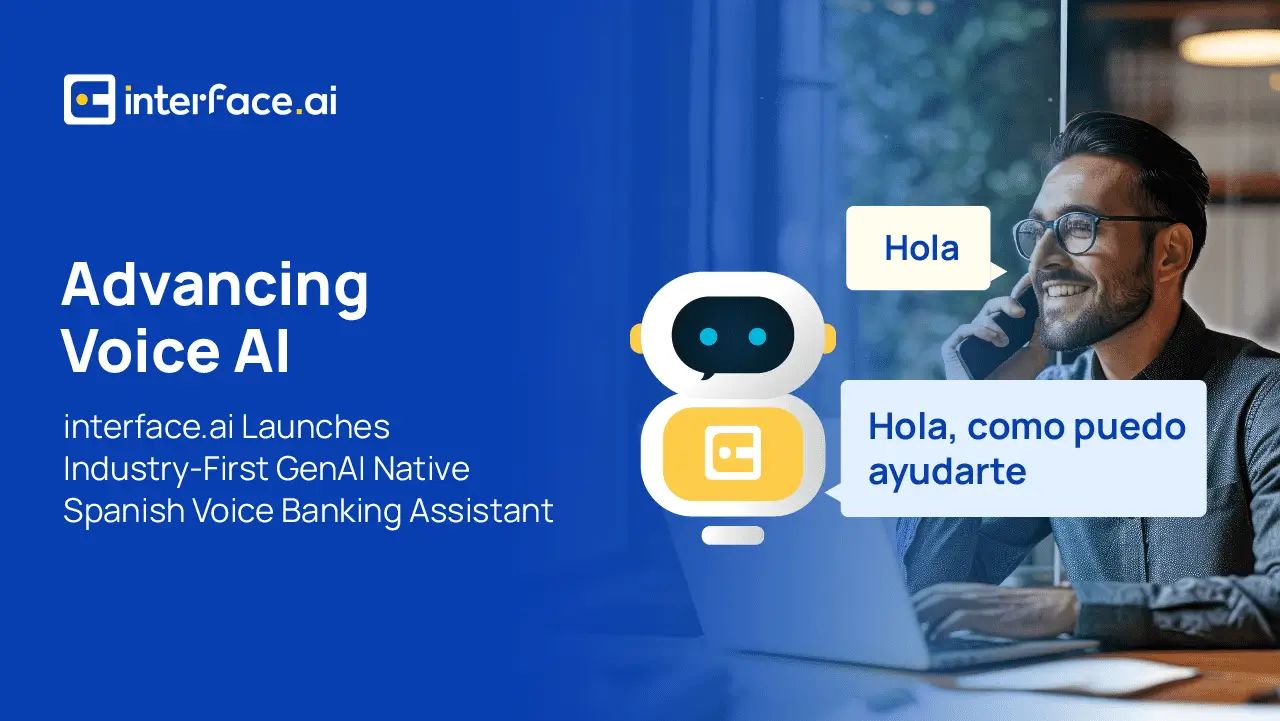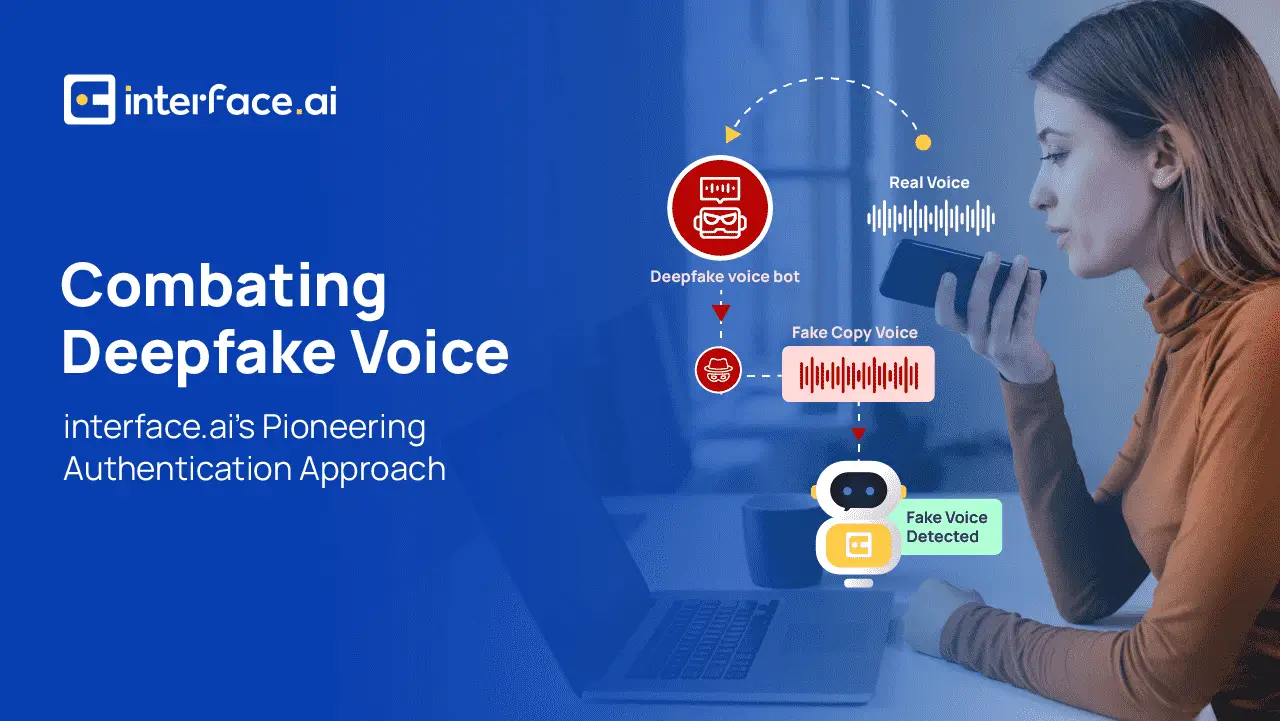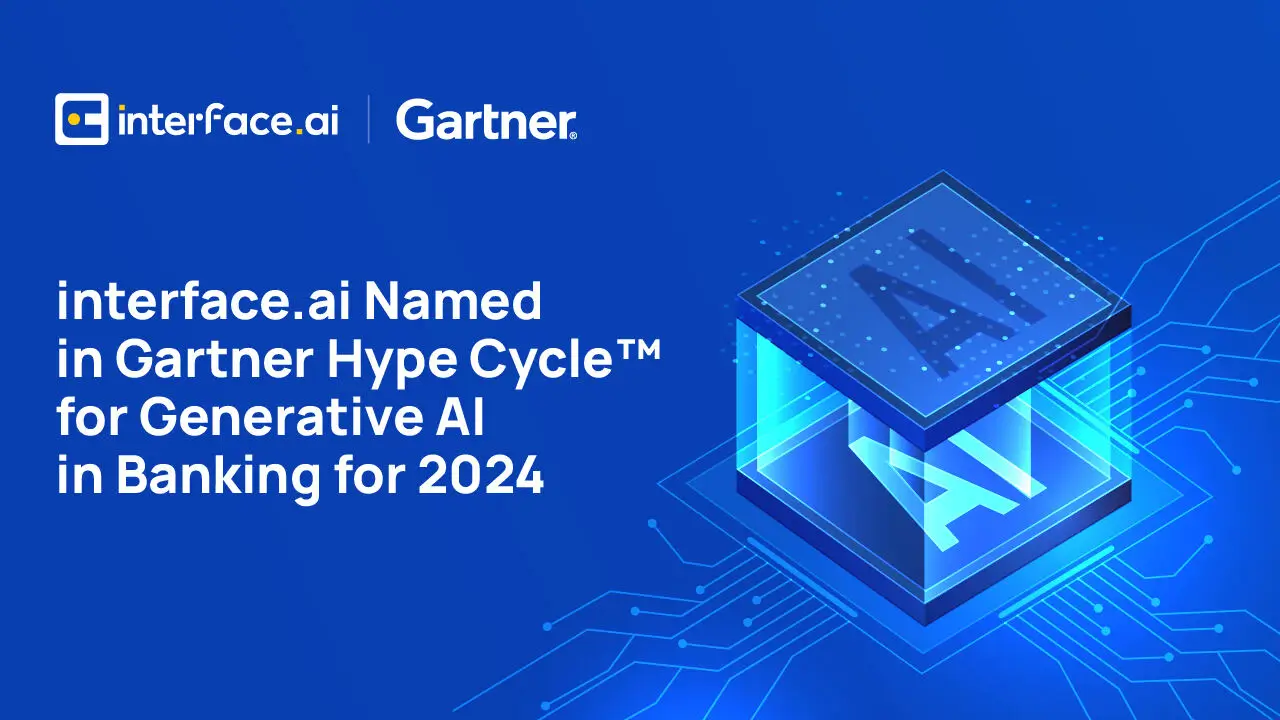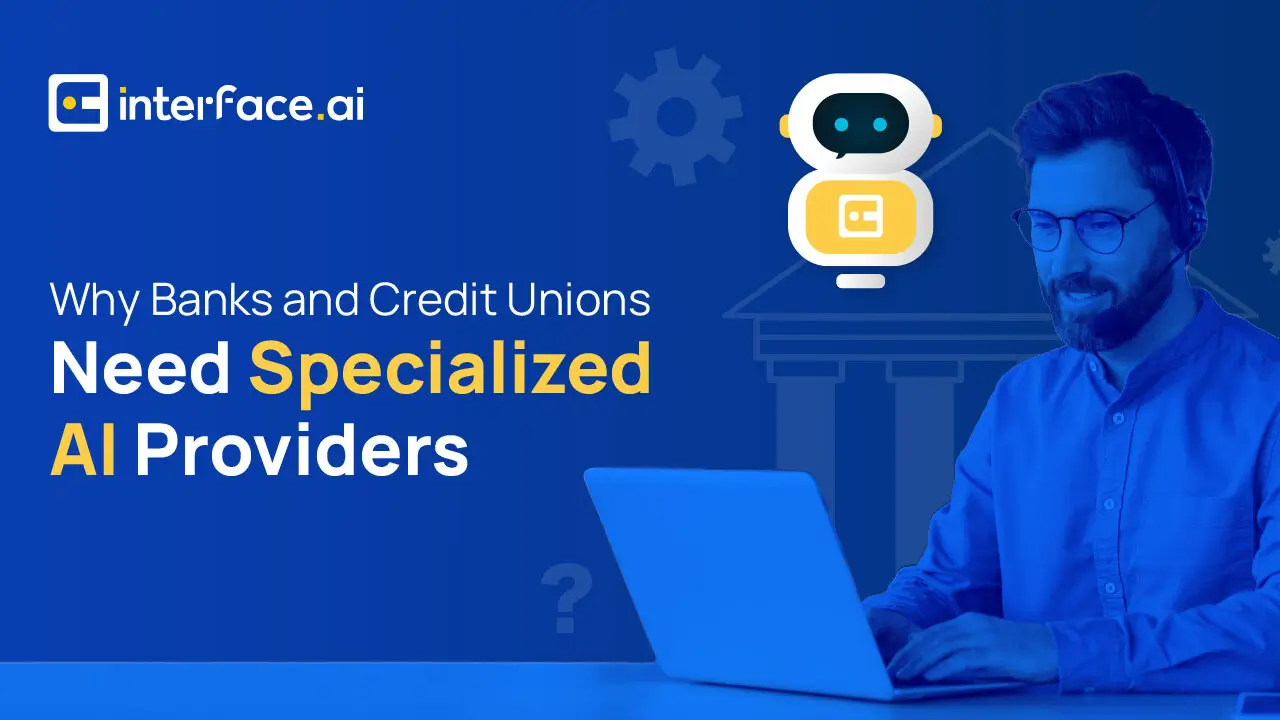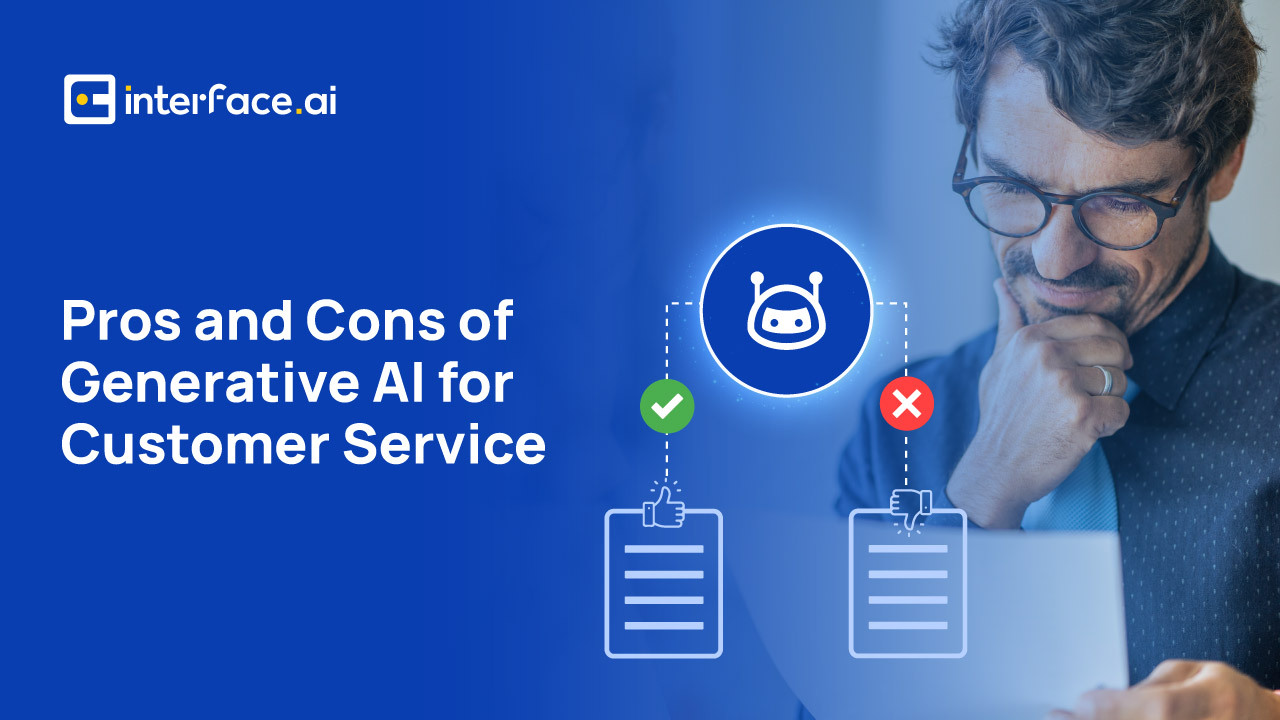
Pros and Cons of Generative AI: Is It Right for Your Organization?
Generative AI, as we know it today, began to take shape in the early 2010s. Since then, fueled by the emergence of the transformer architecture, Generative AI has rapidly grown to become a common technology within customer service. A report by McKinsey in May 2024 found that 65% of organizations are regularly using Generative AI, double the percentage from the previous year.
The pros of Generative AI for customer service are numerous. It offers the promise of deep personalization and automation at scale. However, like any tool, it there are both pros and cons of Generative AI. If you’re seeking to understand how Generative AI in customer service might fit into your operation, this blog will walk you through:
- What Generative AI is
- How it works
- The pros of Generative AI
- And how interface.ai overcomes the cons.
What is Generative AI, and how does it work?
Generative AI refers to a type of artificial intelligence that creates responses, content, or actions based on a given input. Unlike traditional AI, which follows predefined scripts or relies on static data to handle queries, Generative AI produces unique, context-sensitive responses in real-time.
This flexibility allows it to adapt to complex customer interactions, making conversations feel more natural and personalized.
Technically, Generative AI leverages large language models (LLMs), trained on vast amounts of text to understand and generate human-like responses. These models analyze context, detect customer sentiment, and respond in ways that closely align with conversational norms.
For customer service teams, this means shifting from rule-based, limited responses to dynamic, customized interactions that mirror human conversations. Now, let’s dig into both the pros and cons of Generative AI.
Pros of generative AI in customer service
Let’s start with the major pros of Generative AI. Its ability to automate tasks, personalize interactions, and provide 24/7 support makes it a powerful tool for customer service, particularly in industries like financial services, where every interaction needs to be precise and compliant.
1. Ability to handle complex inquiries
Arguably, the primary advantage of Generative AI over traditional AI is its capability to handle complex, multi-layered inquiries. It doesn’t rely solely on simple question-answer pairings; instead, it interprets the nuances of each query and follows conversational threads, allowing it to provide accurate information and relevant advice in real time. This makes Generative AI ideal for industries like financial services, where customer queries often involve complex topics requiring contextual understanding and accuracy.
2. 24/7 availability with consistent service quality
Generative AI customer service enables around the clock support. Whether customers are reaching out at midnight or mid-morning, Generative AI ensures they receive a consistent, high-quality experience. This availability can be particularly beneficial for customer service teams handling after-hours or high-volume periods, as it allows them to provide timely support without the added costs of outsourcing.
3. Enhanced personalization and customer engagement
Generative AI allows for highly personalized customer interactions. Unlike traditional AI, which might offer only general or predefined responses, Generative AI adapts to the specific needs, preferences, and context of each customer. It considers historical interactions, profile information, and the tone of the current conversation to create responses that feel individualized. This ability to personalize interactions can help build customer trust, enhance CX, and even drive revenue through cross-sell and upsell.
4. Improved operational efficiency and cost savings
Implementing Generative AI for customer service can drive significant cost savings and operational efficiencies. By automating routine inquiries and handling a substantial portion of complex interactions, Generative AI reduces the workload on human agents, freeing them to focus on high-value tasks. This shift not only optimizes resources, but also reduces operational costs associated with outsourced call handling or overflow management.
5. Real-time learning and adaptation
Traditional AI models require ongoing manual updates and training, but Generative AI continuously learns from each interaction. This ability to adapt in real time means that Generative AI becomes “smarter” over time, improving its responses and aligning more closely with your customer service standards. This continuous improvement process enhances customer satisfaction and reduces the need for constant reprogramming.
Cons of Generative AI in customer service
Despite the many pros of Generative AI, there are some drawbacks that businesses must consider. Below are the major cons of Generative AI, along with how interface.ai mitigates or eliminates these challenges.
- Initial setup and implementation costs
Implementing Generative AI can demand an initial investment in time and resources, including model training, brand alignment, and system integration. For some organizations, this can be challenging and costly.
interface.ai solution: interface.ai offers a proprietary GenAI solution that enables financial institutions to deploy AI bots in minutes. By drawing on existing company content, interface.ai’s solution can be trained instantly, drastically reducing the time and resources required. interface.ai also improves the onboarding process by eliminating setup and integration fees. This means a faster go-live without any hidden costs.
- Dependency on high-quality data
Generative AI’s power relies heavily on high-quality, up-to-date data. Poor data can result in irrelevant responses, especially impacting industries like financial services. Continuous data monitoring is essential to maintain precision and relevance.
interface.ai solution: interface.ai overcomes data limitations with its advanced AI data management system, The One Conversational AI Brain. Purpose-built for banks and credit unions, this unique data repository aggregates and processes over 1.5 million interactions daily from financial institutions, creating a unified intelligence across channels and departments.
Unlike channel-specific solutions that fragment data, The One Conversational AI Brain offers consistent, secure, and highly accurate responses from day one. By connecting all customer interactions into a single AI brain, interface.ai dramatically improves data quality, enabling greater automation, improved customer experience, heightened compliance, and seamless scalability across channels.
- Risk of hallucination
A key challenge with Generative AI is “hallucination,” where the AI may generate responses that seem correct but are actually inaccurate or off-topic, especially on unfamiliar topics. This is of particular concern for financial institutions that rely even more on accurate information.
interface.ai solution: interface.ai combats hallucinations in a variety of ways. Firstly, it’s solutions can be built on a foundation of existing company content to improve accuracy. Secondly, all AI responses are grounded on our proprietary, domain-specific knowledge graph, built on the back of millions of historical conversations. This ensures that the information provided to customers is accurate, consistent, and based on verified data.
interface.ai’s solutions are also built upon a multi-layered feedback system to enhance the accuracy and reliability of AI responses. It operates on two levels: automated analysis and human review, often referred to as human-in-the-loop (HITL). These work together to identify and fix input and output errors. If found, the automated analysis either corrects in real-time, or flags them. HITL then allows human reviewers to review the issue and fix it to minimize hallucinations.
- Data privacy and security concerns
In regulated industries like financial services, maintaining data privacy and compliance is crucial. Generative AI must meet strict standards, often requiring extra oversight to avoid regulatory risks and protect reputation.
interface.ai solution: Security and compliance are core to interface.ai’s design. As a result, we offer the most advanced voice security and authenitication available to banks and credit unions. This is achieved through a risk-based, multi-factor authentication solution that includes AI, biometrics, and caller anti-spoofing. This provides the highest level of security while improving the user experience.
On top of this, interface.ai also offers role-based access control, data encryption and secure transmission, industry compliances, and continuous monitoring and threat detection.
Wrap-up: Pros and Cons of Generative AI
The pros and cons of Generative AI demonstrate its potential to transform customer service while highlighting the importance of responsible implementation.
While Generative AI improves efficiency, scales support, and personalizes interactions, it requires high-quality data, security safeguards, and real-time oversight to function effectively.
At interface.ai, we’re committed to unlocking the full potential of Generative AI while combatting these challenges head-on. With the highest quality of data, advanced security protocols, and seamless setup, we provide financial institutions with reliable, secure, and highly intelligent AI solutions.
Ready to explore how interface.ai’s Generative AI solutions can elevate your customer service? Dig in here.
Discover the Latest Insights on Interactive Intelligence for Banking Newsletter
Join the newsletter to receive the latest updates in your inbox.



